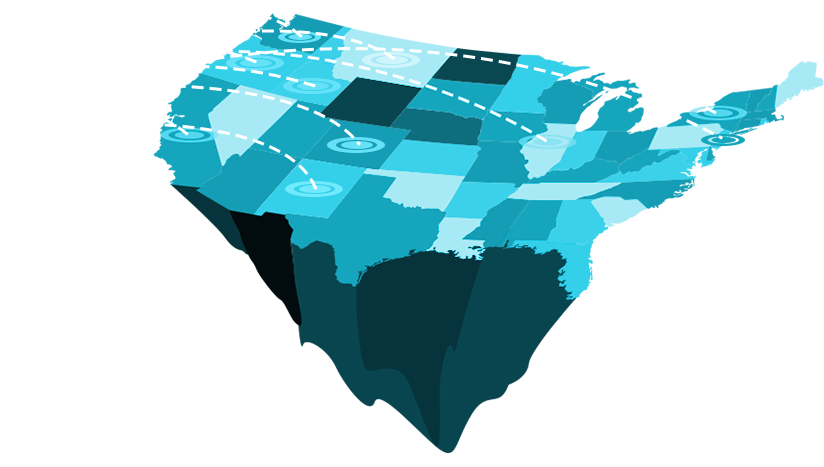Blog > What Is Payroll-Based Journal Reporting?

One of the critical areas of payroll reporting that healthcare management needs to understand is Payroll Based Journal (PBJ) Reporting. This type of reporting became mandatory under Section 6106 of the Affordable Care Act (ACA).
The goal is to create more transparency around the quality of long-term-care facilities by increasing the granularity of reporting around the staffing policies of individual care facilities.
While healthcare management may welcome the opportunity to validate the level of care provided in their facility, Payroll Based Journal Reporting is highly detailed and accuracy is key. So, the burden falls on payroll administrators to ensure their PBJ reporting is up to snuff.
What Information Is Recorded in the PBJ?
Payroll Based Journal Reporting requirements mainly involve capturing and submitting the following information on direct care staff within the facility:
- Employee Unique ID
- Start Date of Employment
- End Date of Employment
- Pay Type Code
- Days Worked (by Date)
- Job Category
- Job Title
- Hours Worked
It’s important to note that Payroll Based Journal Reporting only needs to be done for direct care staff. Any employees involved in maintenance or upkeep (e.g., janitors) shouldn’t be included. You can easily identify staff that should be taken into consideration by using the 40 Labor Category Codes and Job Title Codes defined by the CMS for Payroll Based Journal Reporting.
To keep your Payroll Based Journal data accurate, it’s also important to understand the data that should not be captured. For example, contractors who are paid by Medicare should not have their hours captured in your PBJ.
Similarly, if an employee’s job is split between multiple roles, you must capture the hourly working hours for each separate Job Title Code that applies to that employee.
What Happens with the Recorded Data?

As you probably know, the CMS compiles star ratings for direct care providers based on a maximum of five stars. Your Payroll Based Journal data is a contributing factor in how your star rating is calculated. Since that star rating is then published by the CMS, it’s essential to make sure your PBJ reporting isn’t letting you down.
Once you’ve collected your data, you have 45 days from the close of the quarter to submit your reporting to the CMS. This can be done through the PBJ system created by the CMS, either by uploading an XML file of all your data or directly inputting manual data entries into the CMS system.
However, as anyone who has ever worked in an administrative capacity will know, it doesn’t matter how careful you are when it comes to manual data entry. Inevitably, fingers will slip and typos will occur due to human error. The best way to keep on top of your Payroll Based Journal Reporting is to ensure you’re using a system built to handle it and that lets you get on with other things.
Simplify your payroll based administrative processes with SNF’s HR cloud-based software and payroll services to ensure compliance and time-savings. Contact us today to learn more at 844-200-1870.

